Saskia Baetens
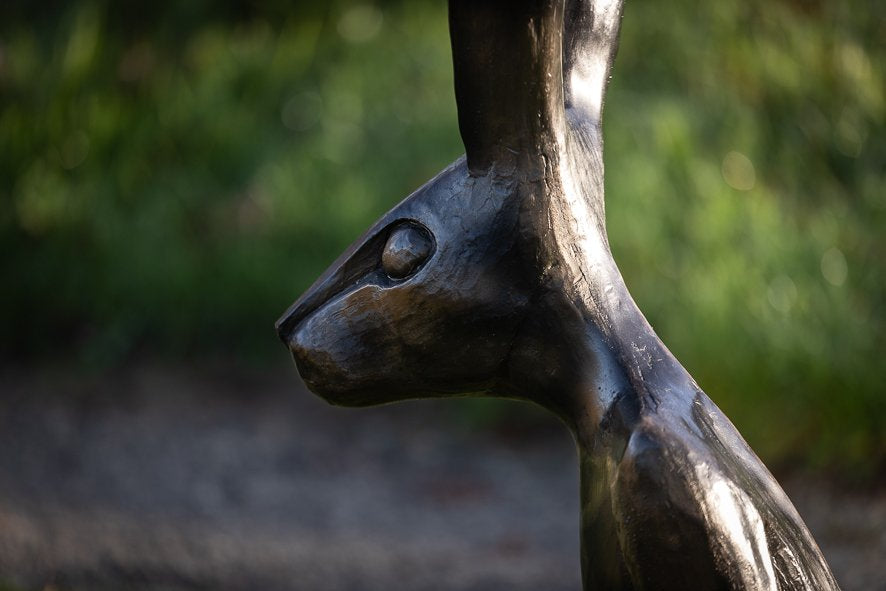
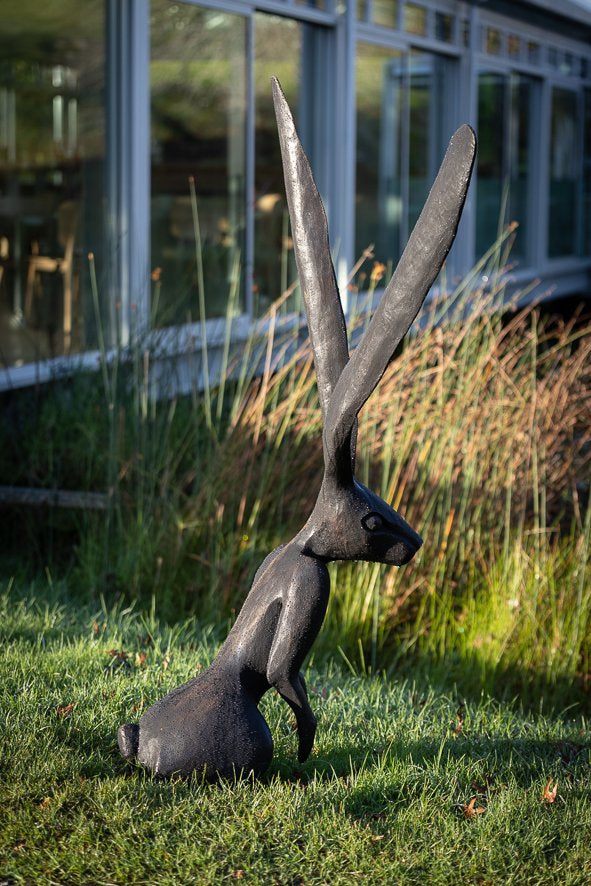
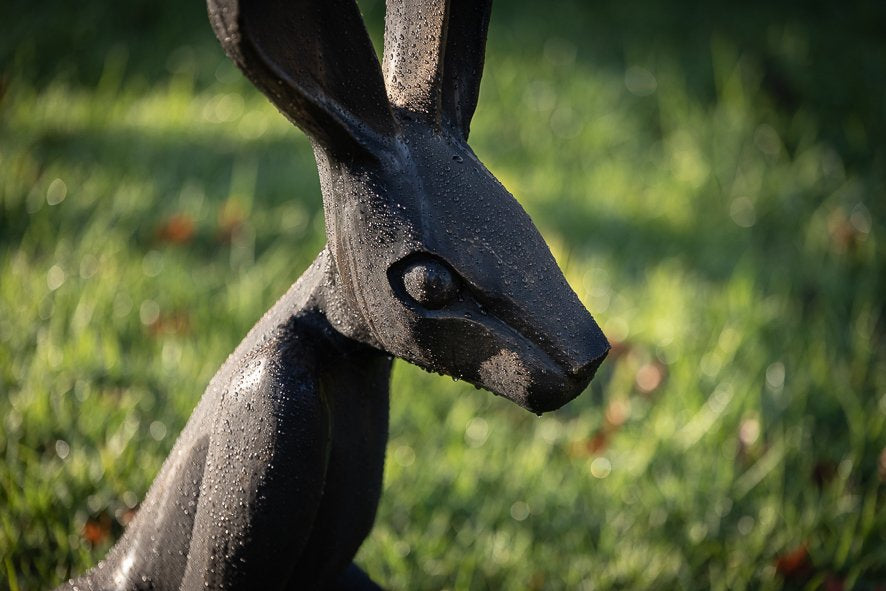
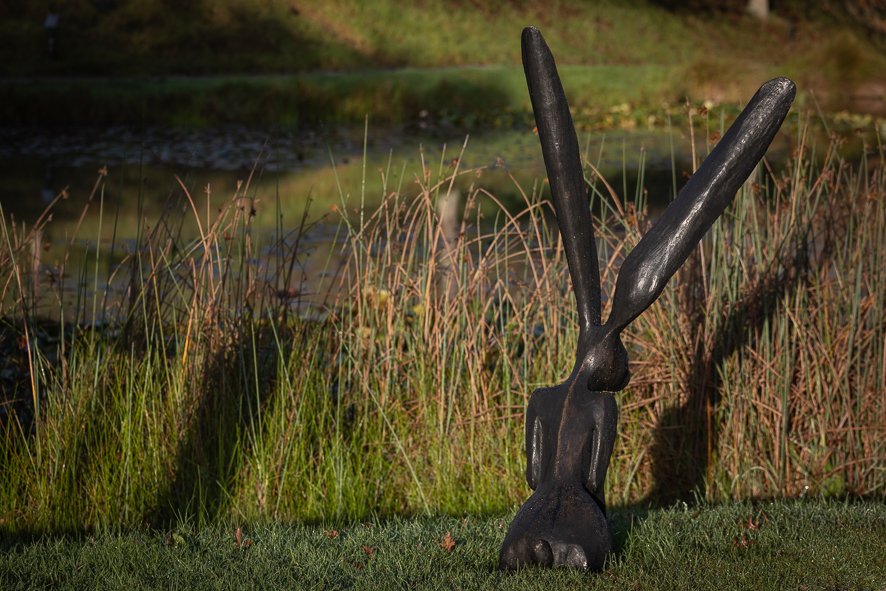
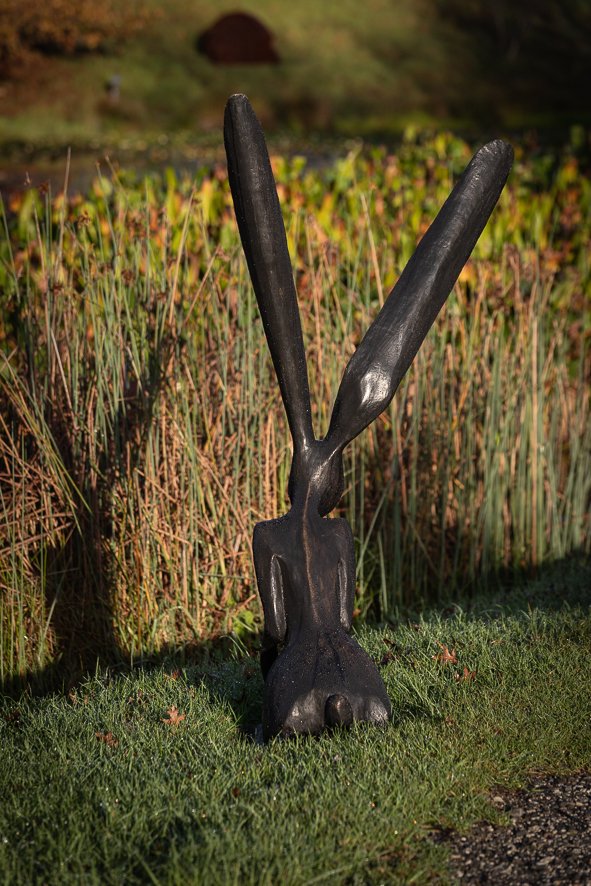
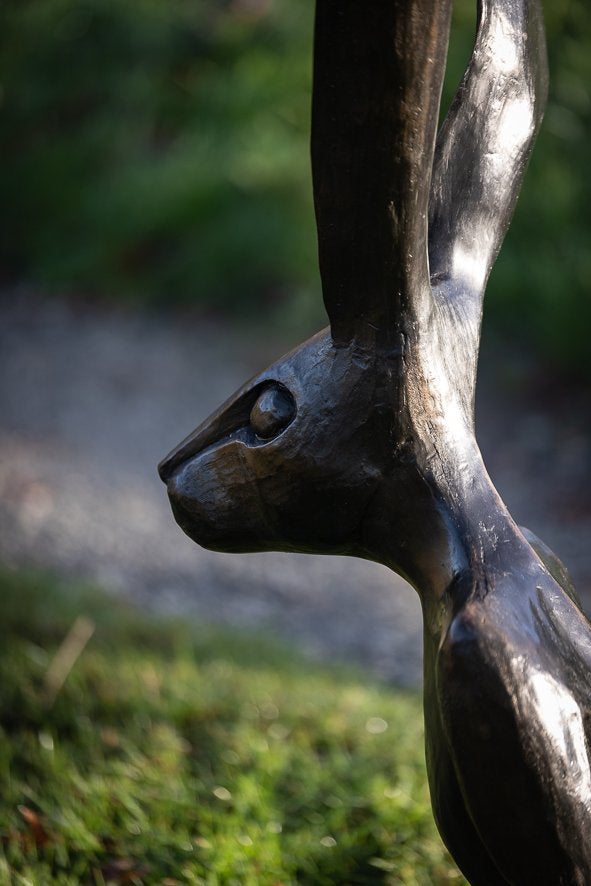
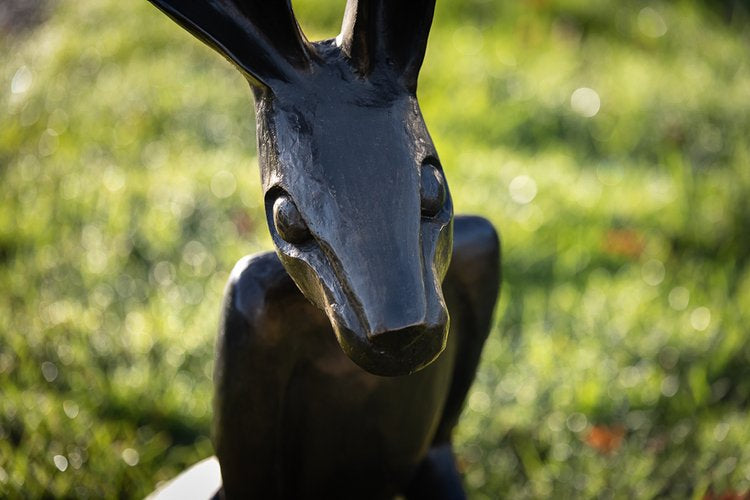
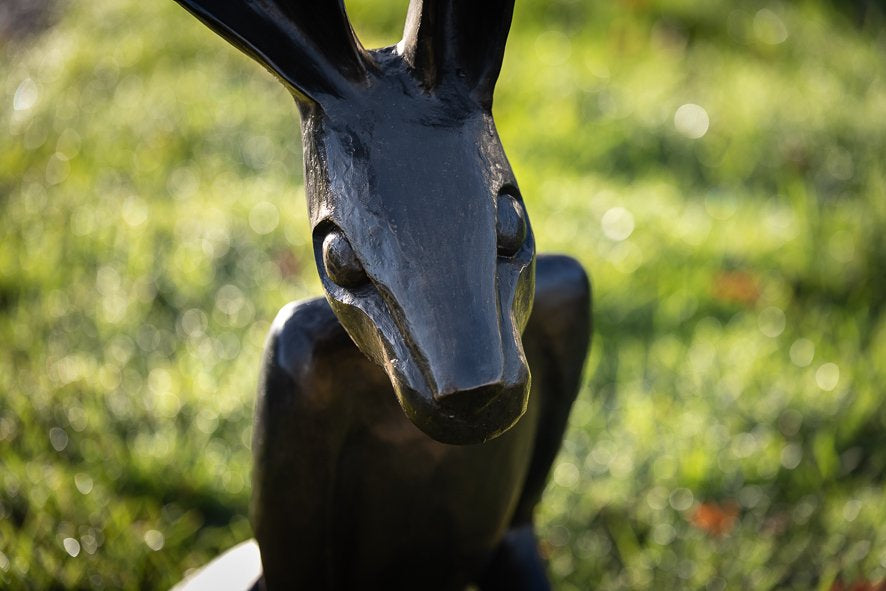
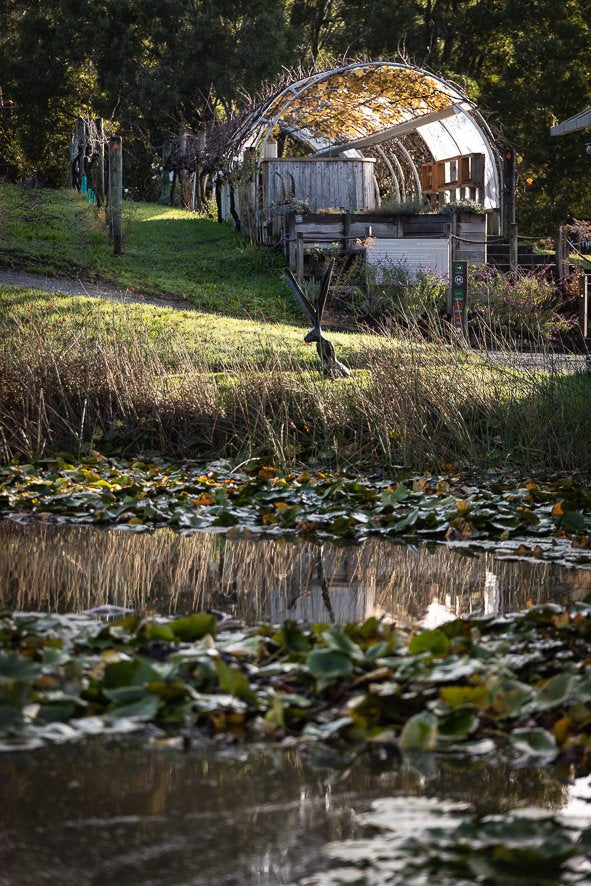
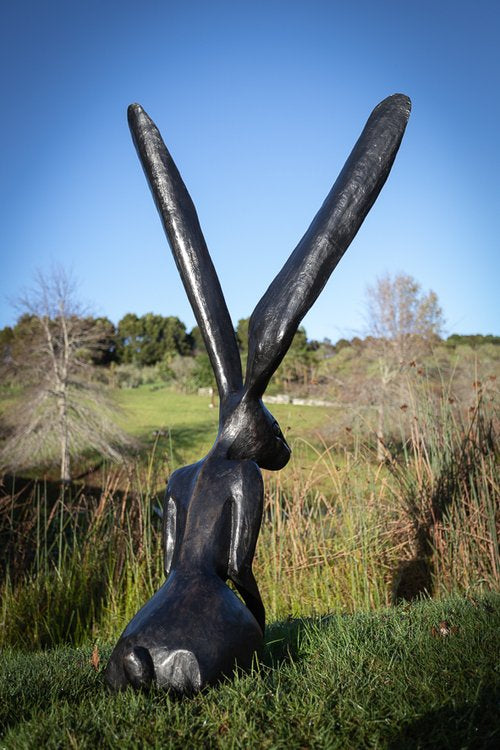
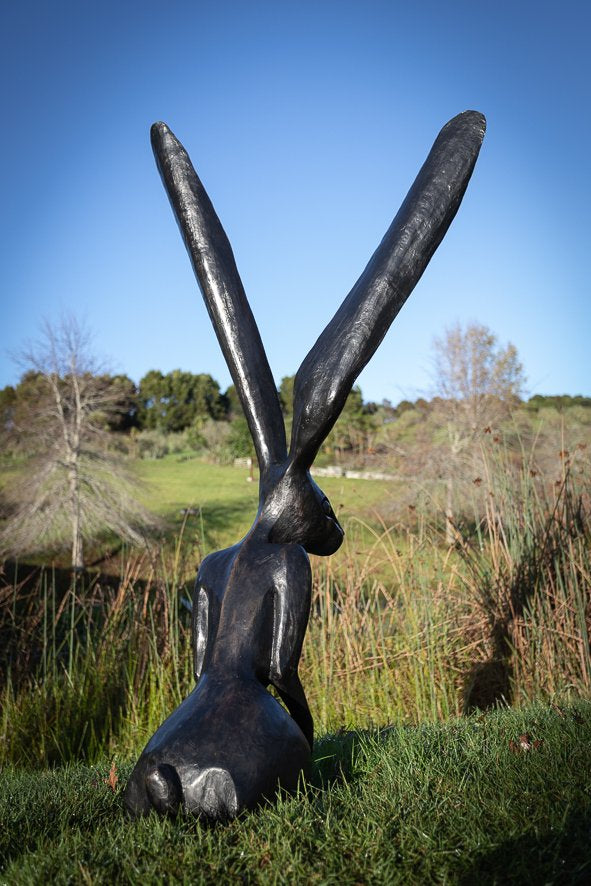
More from this artist
Artist Bio
Belgian/New Zealand artist and architectural graduate
Born in Turnhout Belgium 1974
Lives and works in Auckland, New Zealand
BFA Elam School of Fine Arts, University of Auckland 1997
BAS, School of Architecture, University of Auckland 2001
BArch, School of Architecture, University of Auckland 2004
Saskia Baetens–Van Gils is a versatile and energetic sculptor/architect. Her sculptures invite the viewer into a deceivingly simple journey of imagination into the explorative fascination of what might co-exist within the realms of limitless scale and crossbreeding. Out of the hat, one can easily draw reference transcending cultural history and traditions of half human-half beast deities possessing supernatural powers and insights or wisdom. Rabbits seem to play an important part in the lives and myths of people from all over the world and we have the popular idols of Bugs Bunny, Peter Rabbit and the Easter Bunny. The sculptures obtain half human hybrid bodies. Myths all tell of mermaids, sphinxes, manticores, centaurs and other endless fantasies of the primitive. However these traditional hybrids present very different embodiments to that of a human rabbit. Immediately we are confronted with contradiction. The objects flirt with reality and with a seriousness that infers sarcasm. There is an absurdity to us as ‘superior mammals’ (perhaps egocentrically), genetically bound into rabbit form. There are, without doubt, ironies of this union - the supernatural wisdom replaced by the promiscuous and impulsive.
Baetens’ sculptures mix imagery from her childhood, from enchanted summer days, dreams and stories, real life observations of pet animals, myths, and collective memories embodied in heroic bronze. Saskia grew up at a small farm in the North of Belgium. The single paddock was surrounded by native bushes and trees. It was a world full of living things, farm animals big and small, birds in the bushes, thousands of the glittering insects on wildflowers, lizards, voles, mice shrews and weasels crawling around under the cover of the high grass. At age five Saskia had a pet rabbit. Of particular literary influence were two significant works. Watership Down with its rabbit society mimicking human society (or vice versa) was one of the classics. The other hugely influential work was a tiny volume, only 10x10 cm or so, called The Little Furry Animals (De bonten Beestjes) - a story about the younger member of a family of diminutive bear-like animals who, in wandering around outdoors discovers even smaller bear-like animals. At age six Saskia illustrated a poem written by her older sister Dominiek. The poem is a hymn on life and nature and Saskia invents a whole underground world where mice, rabbits and earthworms have real homes and real furniture. Saskia graduated from Elam School of fine Arts. She subsequently worked in film as a prop-maker for Pacific Renaissance. Saskia has also graduated from Auckland University with two degrees in architecture. She currently works in architecture and as yet has not built any buildings mimicking rabbits.
Tom Rowe
















